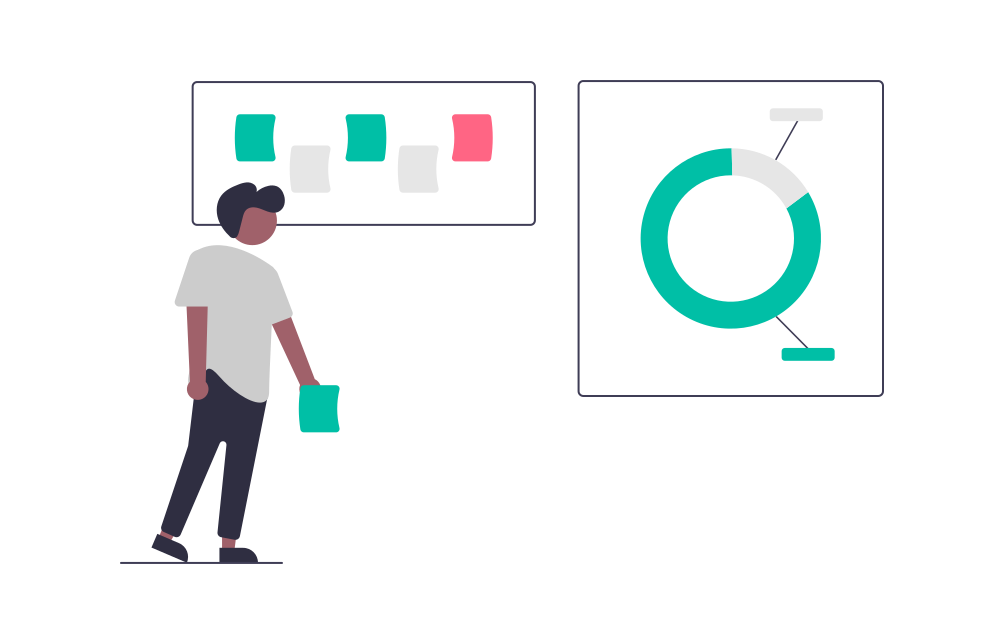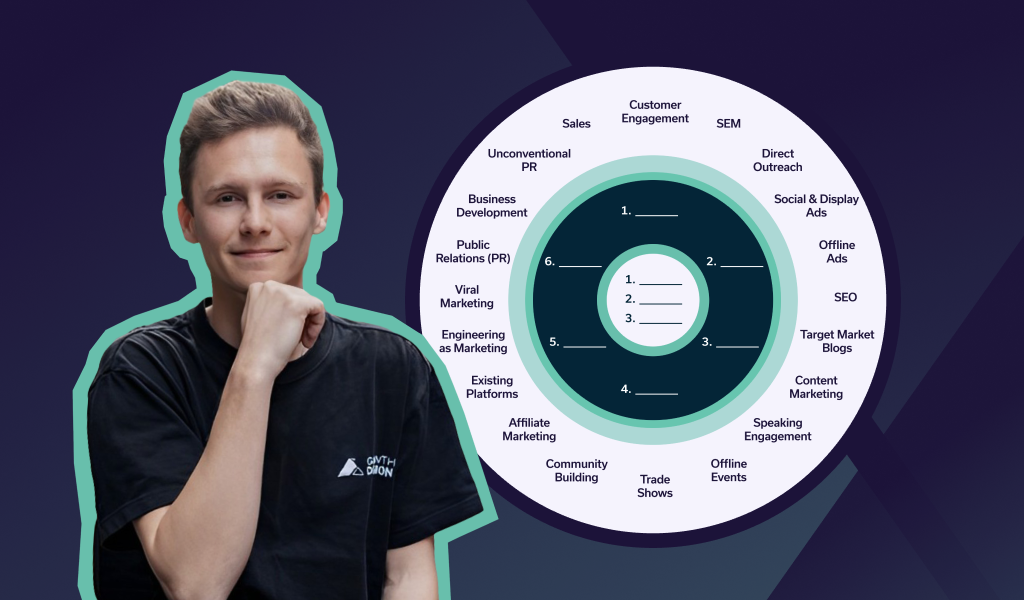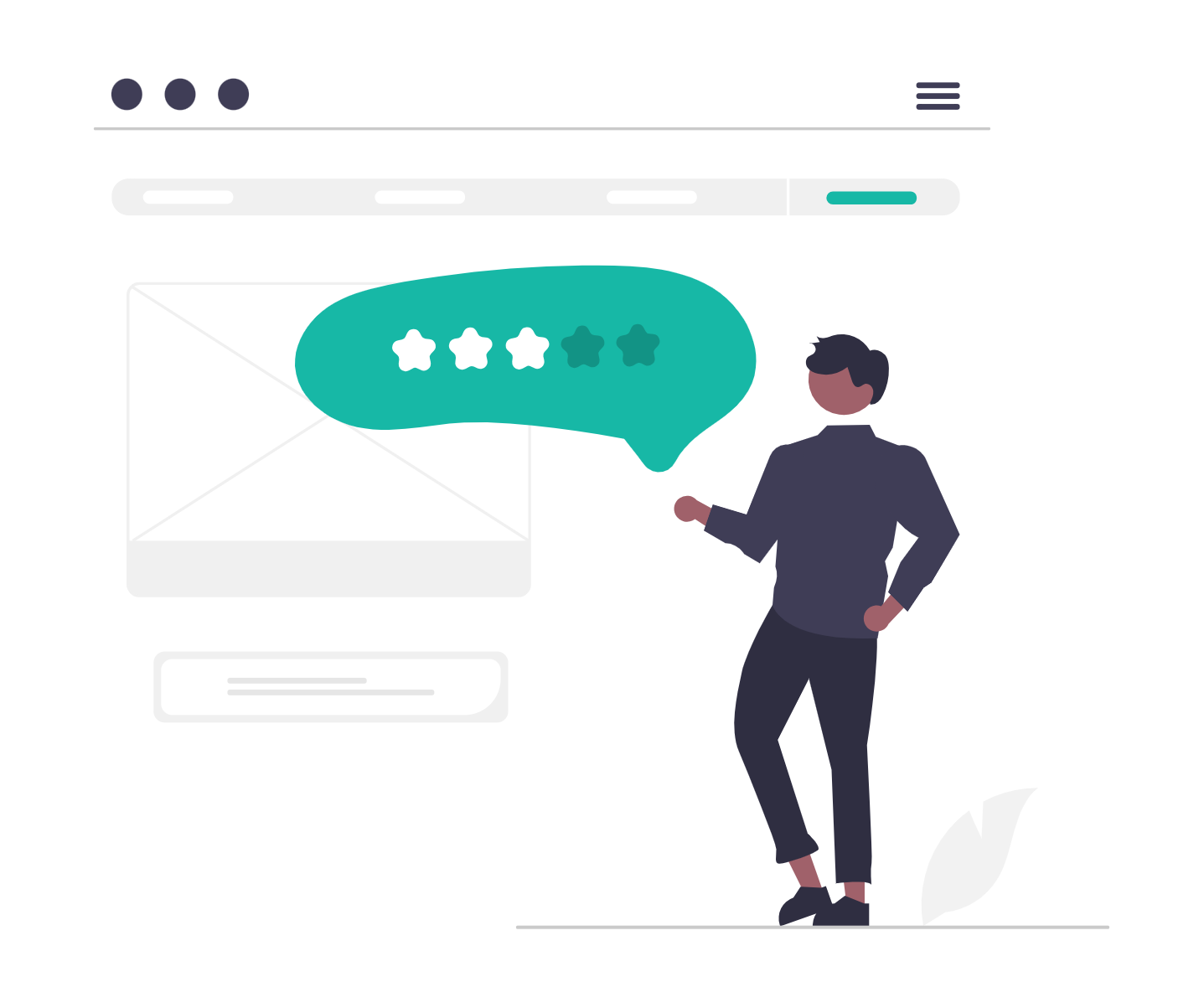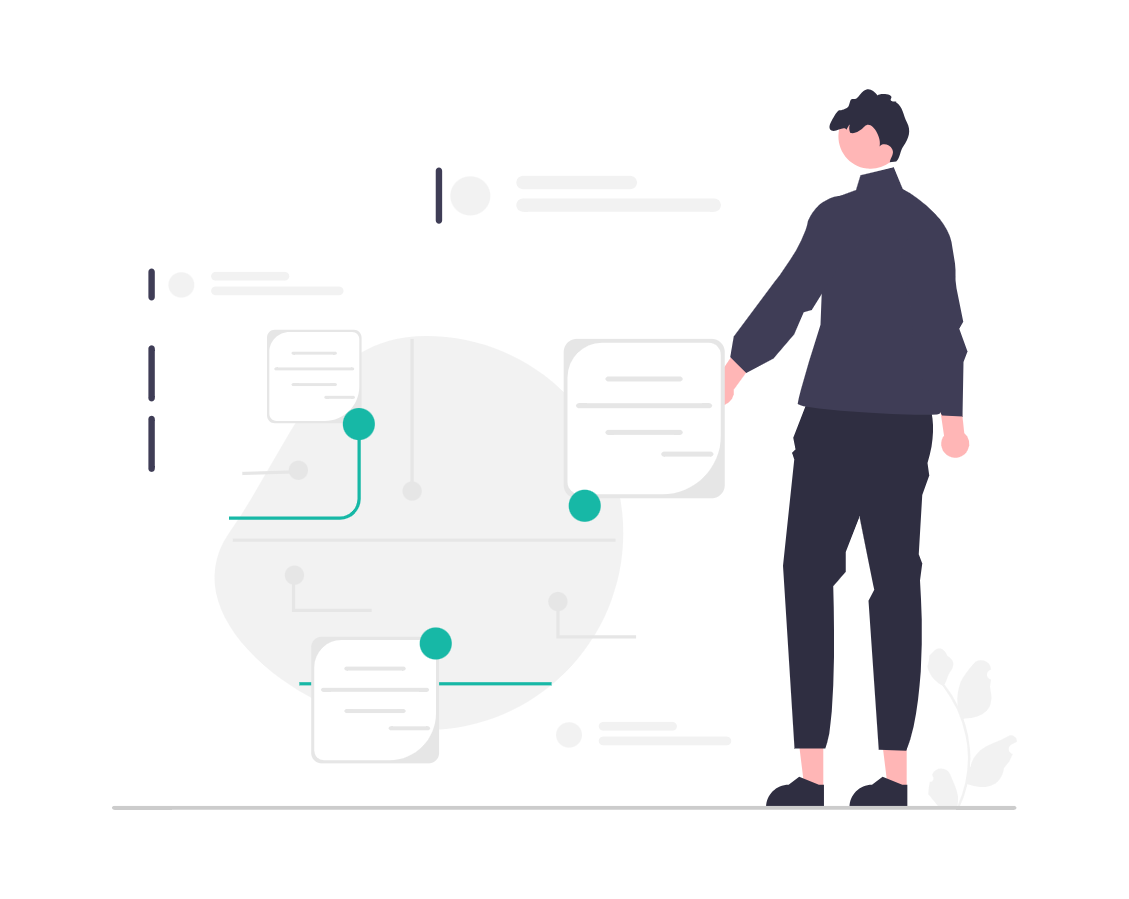The marketing funnel is one of the absolute fundamentals of good marketing strategy. It's an incredibly powerful tool to help you understand and measure the way customers interact with your business on their way towards, and beyond, making a purchase. As a visualisation tool, it can help you organise the channels to market you're going to use. It can help you spot weaknesses in your customer journey and find ways to increase your Lifetime Customer Value (LTV) and/or reduce your Customer Acquisition Cost (CAC).
Here we're going to explain what a marketing funnel is and how to use it.
What Is A Marketing Funnel?
A marketing funnel is a way of organising the different touchpoints your business has with its customers. There are many different ways to do this - the specific steps on the funnel depend on the business model, sector, product and customer profiles. But as a broad guide, the following steps are common, across both B2B and B2C companies.
- Awareness - When a customer first discovers your product.
- Consideration - When a customer begins to learn more and thinks about making a purchase
- Conversion - When a customer makes a purchase
- Retention - When a customer comes back for more
- Referral - When a customer refers you to friends/colleagues
Usually, these are thought of as Top of Funnel (Awareness), Middle of Funnel (Consideration) and Bottom of Funnel (Conversion, Retention, Referral).
Its important to note that this is a simplified version. As you build your own marketing funnel, it's important to consider the specifics. For example - in a B2B SaaS company, your prospects may not leap straight from consideration to conversion. There may be an 'Activation' stage where they become a lead/you capture their contact details. After that, it may be that the sales team takes over the conversation and guides them towards conversion.
The reason it's called a marketing funnel - rather than, say, a ladder - is because the shape will be wider at the top than the bottom. More customers will enter the funnel than reach the bottom, because the product might not be right for them or there may be a point of failure in your marketing process that turned them off - like a bad landing page, or a lack of lead follow-ups.
Now you may reasonably say at this point - hold on, funnel isn't the correct word either! You don't lose most of the liquid you put through a funnel - the whole point is to get all of it through to the other side. If you owned a funnel that leaked everywhere, you'd be pretty disappointed with it. And, well, yes.. you're right. It's called a marketing funnel because, when drawn out, it looks like a funnel. But it doesn't really act like one. Maybe a better word might be 'filter'. Don't blame us, we don't write the jargon dictionary.
How Is A Marketing Funnel Different From A Sales Funnel?
Many businesses use both a marketing funnel and sales funnel to organise and visualise their efforts to convert customers. That's because, at some point, a 'lead' is considered to have left the marketing funnel and entered the sales funnel, in which they are nurtured to the point of a sale (and sometimes beyond, to up or cross sell).
Broadly, marketing is considered to have taken the prospect through Awareness and Consideration and potentially Activation, after which the prospect is a lead and is sales's responsibility.
However, this is a bit of an old fashioned way of looking at things and creates a narrative that marketing 'feeds' sales. In reality, the lines are far more blurred. For example, one someone becomes a lead, they are still likely to be exposed to marketing efforts - like newsletters, or social media posts, or remarketing ads, and all these touch points could be supporting the sales effort.
So while it can be worthwhile having both a marketing and sales funnel, it's important not to over simplify their relationship.
What Are The Benefits Of A Marketing Funnel?
The benefits of building a marketing funnel are enormous. When used properly, it should increase the overall ROI you get from your marketing spend.
- Customer understanding. By taking the time to properly understand the ways customers interact with your business, you'll be able to make much better strategic decisions on how to market to them. Use whatever tools you can - Google Analytics, qualitative research, quantitative research - to ensure you have a full picture of the stages of your funnel.
- Organisation. By having a proper funnel in place drawn out, it makes it easier to organise your marketing efforts. Plot where all your channels and touchpoints interact with the funnel and it'll become much clearer what gaps you need to fill.
- Efficiency. By plotting and, crucially, measuring your marketing funnel you can spot the stages at which you lose the most prospects. This will enable you to plug holes at the bottom of the funnel - rather than spend more on the top of the funnel - which will make the overall marketing effort more efficient.
How To Use A Marketing Funnel
Step 1: Research
The first thing you need to do is go out there and get a full understanding of your customer journey. Digital measurement tools, such as Google Analytics, can give you a good start - showing you common journeys (as well as drop-off %s between stages) which can help you start to visualise the funnel. However - this is an incomplete picture. It won't show you anything Google can't easily measure. For example, if a user sees a social media post and then goes on to Google for the brand name (studies show this is a common behaviour, rather than directly clicking a link) Google won't pick up the social media post's involvement in the journey. Equally, it won't measure any offline touchpoints.
Plus, Google will tell you about specific touch points of the funnel but won't organise them into stages. You don't want your funnel to say, for example that the Top is Facebook Ads, the Middle is Website and the Bottom is Email. That's too specific, and won't apply to all (or most, or many) customers. The funnel itself should be much higher level than that to encompass as many different user journeys and touch points as possible.
As well as digital tools it can be helpful to use research - interviews with prospects, or survey research data, to understand the steps people take before making a purchase. You can also use your own intuition and understanding of your customers' behaviour (but be careful not to rely to heavily on this - your intuition could be missing important steps!).
Step 2: Plotting
Now you should have enough information to plot out the core steps people take when moving from the Top of Funnel through the Bottom of Funnel. You can use a structure similar to the one we wrote out above as a starting point, but it's important to make it fit your specific business. Write it out in a full customer journey map in whatever programme you prefer (we like Miro) or just with pen and paper.
Once you've got the stages down, plot out your touchpoints next to where they interact with the funnel. For example, your landing pages/website could be roughly at the consideration/conversion stages. Your performance ad campaigns could be aligned with Awareness as well as Conversion (if you're using remarketing, for example). Your email newsletter could be aligned with Conversion, Retention and Referral.
Make sure to include everything and think carefully about which stages it all interacts with.
Step 3: Measurement
The next step is to try to measure your funnel to establish conversion rates between each section. What proportion of people convert from Awareness to Consideration? What proportion of leads become customers?
Now this can be quite difficult in practice. Not all stages will be measurable. And not all data is reliable - as we said above, digital tools can be misleading and exclude important touch points.
But using digital tools correctly you can get a pretty good idea of conversion rates at key stages. Start with what you CAN measure - such as data sheet downloads, or website visits, or purchases - and plot them as key indicator metrics for stages of the funnel. If you know from your research that people typically visit your website after they become aware of your brand, and they then tend to watch an explainer video, before finally filling out a form to become a lead, you can fairly easily calculate conversion metrics for those stages.
Once you've measured your funnel, you can use it to spot areas of opportunity for improvement and focus your marketing efforts there. You may notice that you can improve the rate at which people move from Awareness to Consideration - by improving your website experience, or providing more learning resources. You may notice you can improve Referral rates with a viral marketing mechanism such as Viral Loops. Or you may decide that your funnel is working efficiently, and what you really need to do is feed the system more by raising awareness through advertising.
All those decisions are made easier through having a properly plotted and measured marketing funnel.
Talk to a Growth Advisor
We create a clear, focused marketing strategy by combining our expertise with your knowledge of your business.
Trusted by over 130 startups because our unique growth process and team of marketing experts unlock exponential growth











